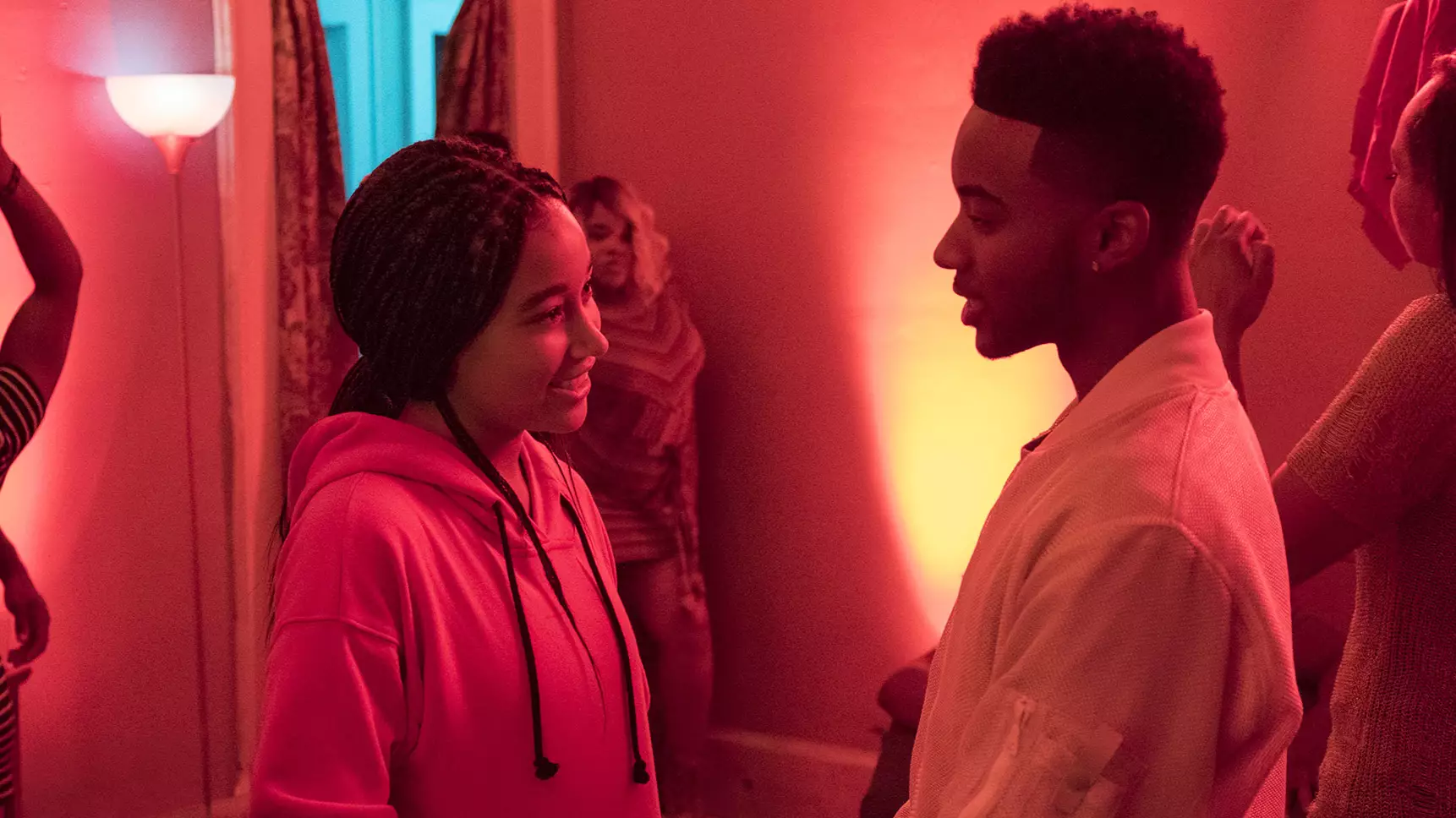
The Hate U Give is an adaptation of a novel of the same name from award winning author Angie Thomas.
Following young Starr Carter the film aims to tackle the issue of race relations head on and brings the Black Lives Matter movement to the big screen.
The opening scene alone is a sobering moment, as kids play in the street of a typical American street the camera pans to a father giving his kids 'the talk'.

However, it isn't 'the talk' most of us have to have. With his hands resting on the dining table, the father explains to his two children how they should act around police.
Advert
With their arms out stretched and empty hands placed on the table, his two children stare up at him visibly scared.
Although this opening means the film starts off on a negative note it shows the film will not be shying away from difficult moments.
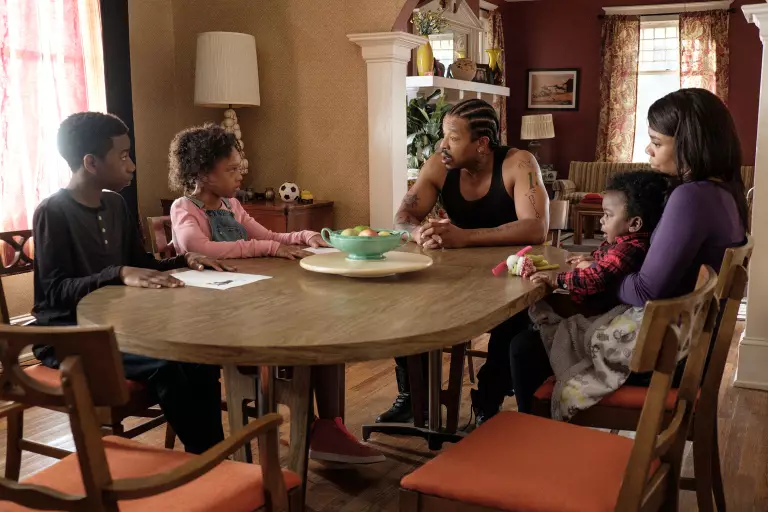
Author, Angie said: "Because I was still editing the book. There's a deleted version of the book where it starts with that scene; it didn't work for us but for the film it gave us this very important background scene for the character, and it informs so much of what she does and how she reacts later on.
Advert
"We see Starr at such a young age; seven is such a young age to be involved in this very adult conversation. And what does that mean when so often young black kids have to get this talk and are forced out of their innocence into a world that so often sees them as a threat?"
'The talk' is unfortunately becoming a regular occurrence for families of colour in the US, due to incidents such as the Stephon Clark shooting in March this year. Clark was shot eight times in his grandmother's backyard by two police officers who said they thought he was holding a gun, it turned out to be a cellphone.
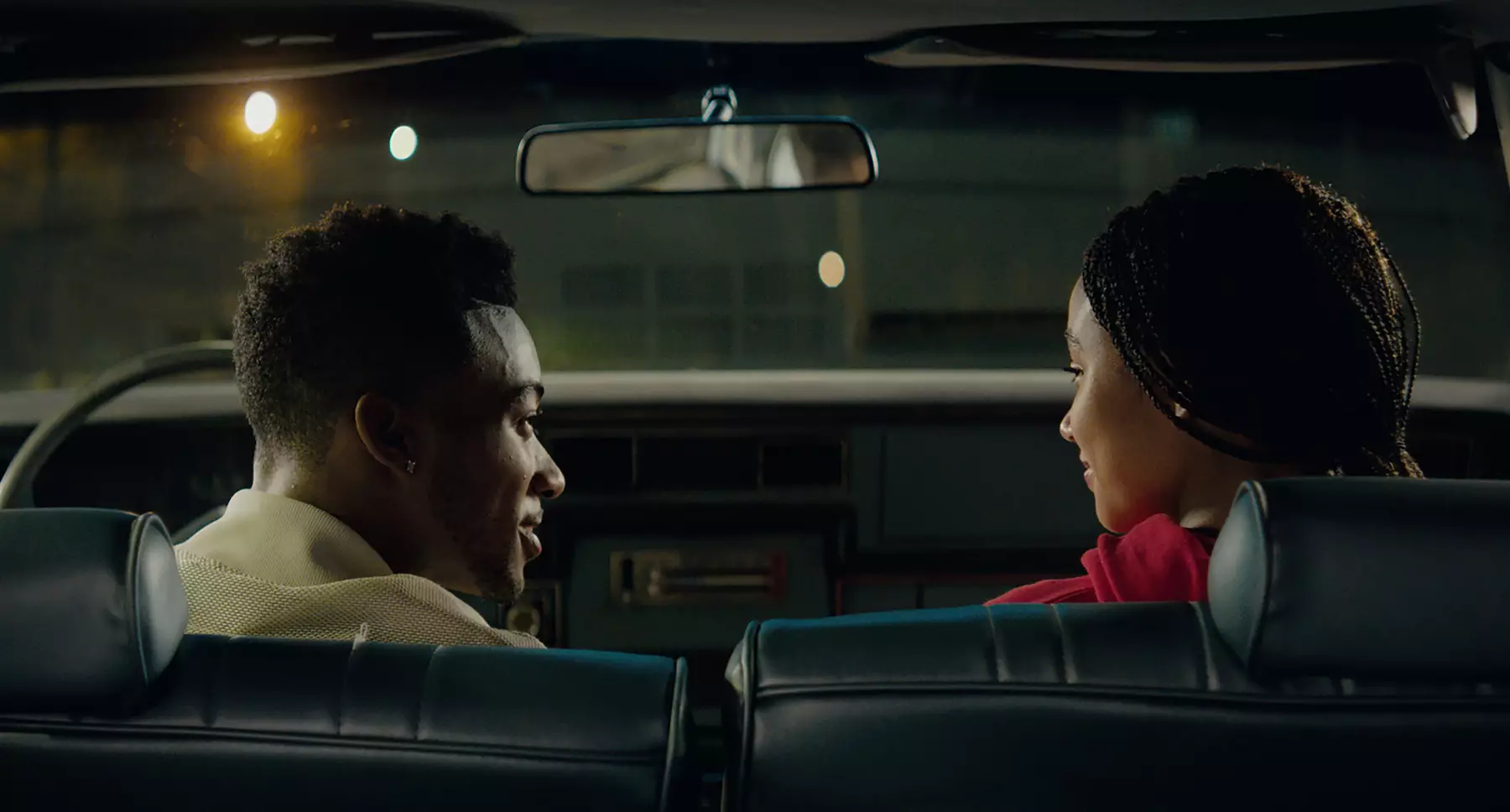
Despite trying to get an important message across the film manages to do it without preaching and uses black people' life experiences to activate audiences in activists.
Advert
Starr, played by Amanda Stenberg, leads the film, her life is changed forever when her childhood crush, is shot in front of her by police for being armed with little more than a hairbrush.
The all too familiar scene is set to shock viewers and highlight the reality of being a person of colour in America and how children as young as Starr are witnessing these horrific events at such a young age.
Prior to the shooting Starr had succeeded in keeping her life at home and her life at a majorly white high school separate.
Advert
The film follows Starr as she tries to figure out how she can endure a public fight for justice with her community while keeping up with her palatable blackness at school.
Starr doesn't quite feel comfortable anywhere. When she is at school and away from her Black Panther father's strict teachings around black empowerment and pride, she avoids slang around her privileged white friends, in case they think she is too ghetto for her Williamson private school.

Starr also chooses to hide her white boyfriend Chris from her childhood friends, in case they think her interracial relationship makes them think she's abandoning her blackness.
Advert
As she says in the back of her boyfriend's limo at prom: "When I'm at home, I can't act too Williamson; when I'm here, I can't act too (troubled neighbourhood) Garden Heights."
Almost every black person watching the film will be able to relate to Starr and the efforts she makes to fit into the mould of what being black is perceived to be, whether it be at work, school, or in certain social situations.
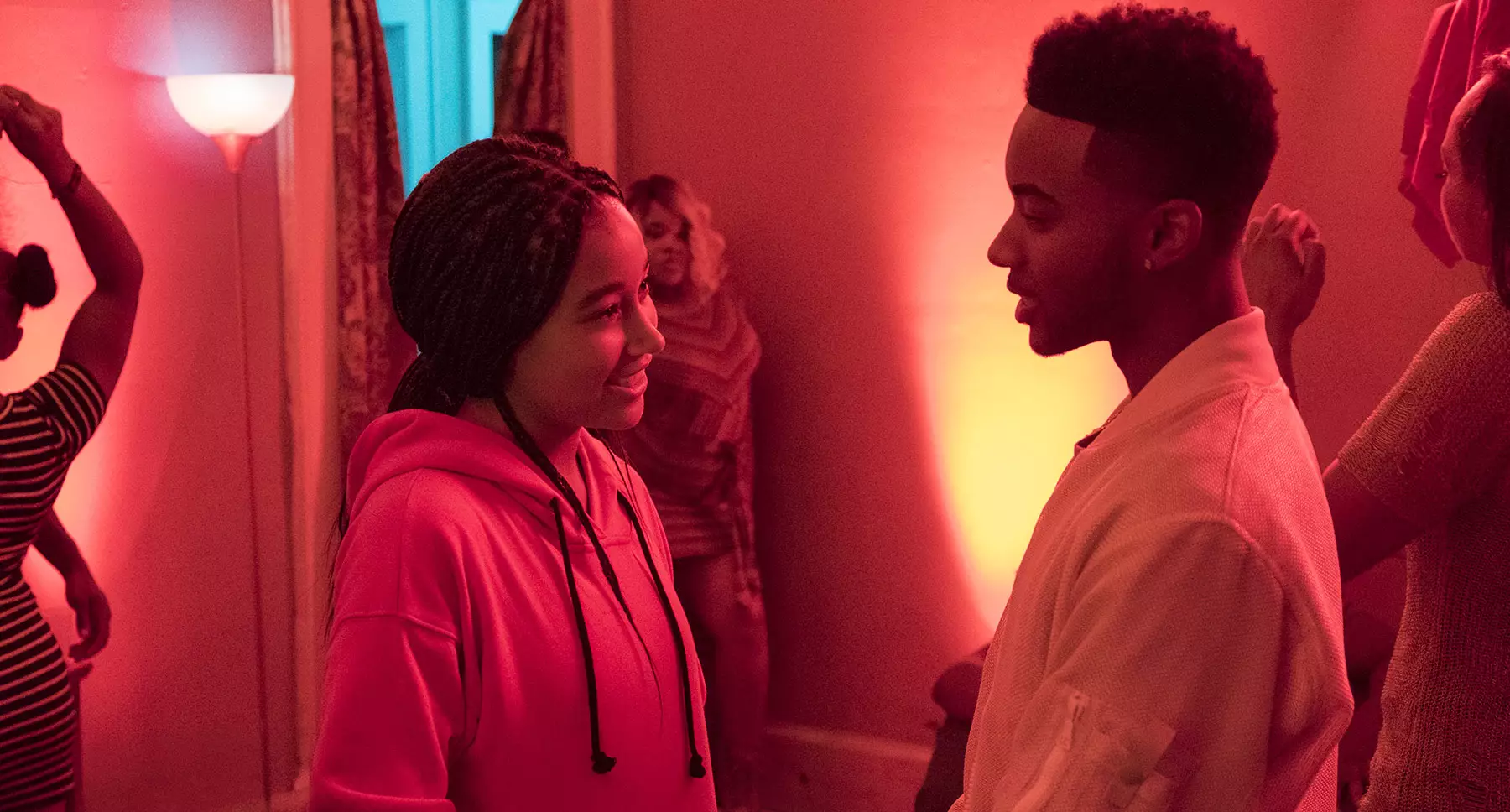
Black people in America are also facing extreme polarisation where the things that make them who they are can be completely stripped from them.
In the film, the character of Kahlil demonstrates this perfectly. Before his death we see his sweet personality and his love of 90s rap and Tupac, however, when he is killed by police the media and white onlookers simply reduce him to a drug dealer.
The film actually gets its name from Tupac's T.H.U.G.L.I.F.E (The Hate U Give Little Infants F*cks Everybody).
As the film is an adaptation from a novel there are bound to be a few differences, the biggest however, is the final scene which takes the 'little infants' element of T.H.U.G.L.I.F.E very literally.
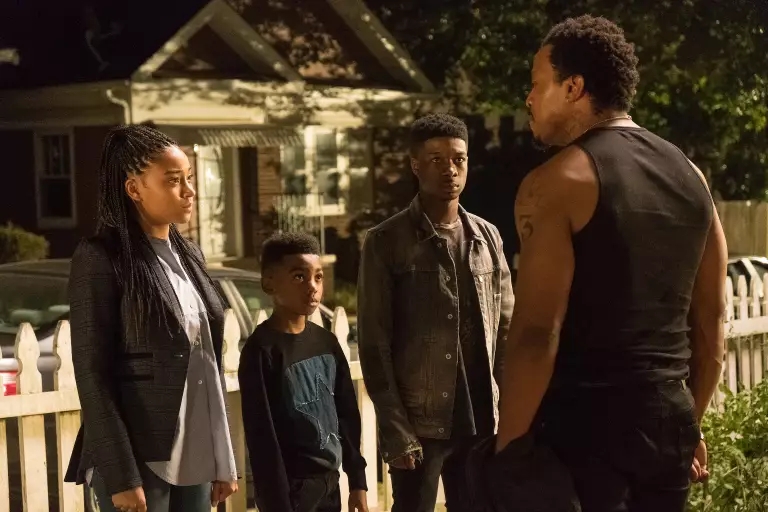
In the movie, there is a stand-off between King (the local drug dealer), Mav (Starr's father) and the police, after King set fire to Maverick's store.
The scene escalates when Starr's younger brother, Sekani, takes Maverick's gun and points it at King.
At this moment the audience really start to question whether the police would go as far as shooting a child, or whether King would.
It also makes them question whether Sekani would actually use the gun although it is a tense ending, Sekani does not get shot and does not shoot King and the police are able to arrest King for arson.
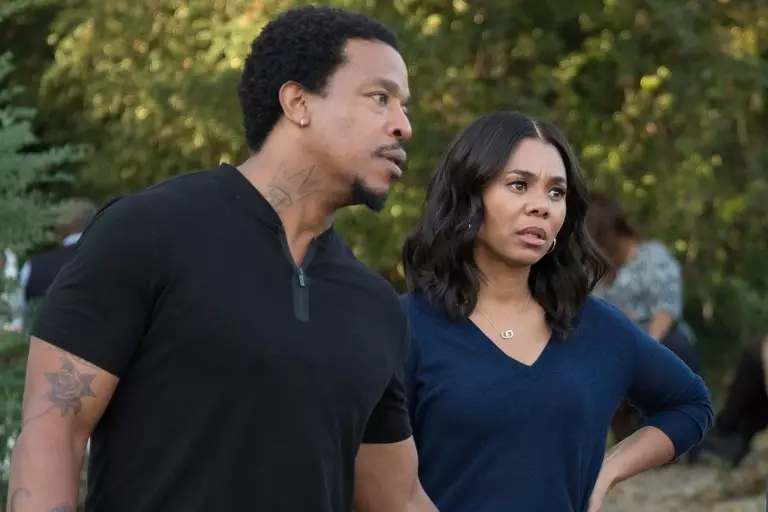
However, in the book Sekani doesn't pick up any guns, instead the whole community turns against King and he is then arrested.
Director George Tillman Jr. said: "I think the scene with Sekani, instead of a dramatisation it was more, explaining the philosophy of Tupac with a visual effect.
"Outside of the community, a lot of people might not know Tupac's music so it was more, how do you explain it? That's the part of the adaptation where I think the filmmaker and writer can be able to bring more to the table and bring an extra layer.
"I noticed in the book that Sekani is there, he's taking in everything, and then King is there and everything kind of comes together. I tried to stay away from overdramatising - it becomes almost cliché - I tried to make it more honest."
Speaking about the alternative ending, Angie said: "And what's so powerful about this ending scene is that you see this little boy in this situation and I hope that people walk away from that releasing that the young man that plays Sekani is much younger than Tamir Rice [12-year-old American killed by a police officer] - and the other boys we talk about so often - people make him older than he is just like they do young black kids."
Featured Image Credit: 20th Century Fox
Topics: TV News, TV Entertainment